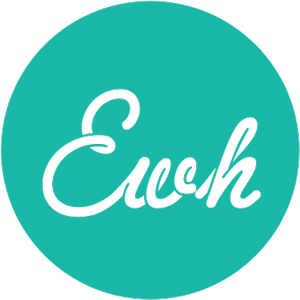
Traditional Publishing – Pros & Cons
It may be hard to believe there are any cons associated with being published by a traditional, commercial publisher – after all, that’s the gold ring all writers are aiming for, right?
Certainly there are many advantages to having one’s books published by a commercial publisher. But in exploring self-publishing as we are at the Childrens Book Hub this month, it’s important to understand there are advantages and disadvantages to all forms of publishing. Let’s begin by looking at a few for the good old-fashioned commercial route.
Pros:
• Pays authors an advance against royalties, based on anticipated sales.
• Pays all up front costs of publication (editing, design, printing, marketing, distribution and fulfillment fees, advertising, pr).
• Satisfies all legal formalities (ISBN, Lib. of Congress, copyright, permissions etc.).
• Provides most of the labor associated with bringing a book to market.
• Value attached to “being published by…”
• Books sold everywhere (stores, chains, libraries, online, etc.)
Cons:
• Royalties paid to author are only 6-12% (10% average) of net sales, and nothing until the advance plus all up front costs “earn out.”
• Majority of authors never see any more revenue from the book beyond the advance.
• Books are owned by the publisher. Author gets 10-20 copies; must buy more at cost.
• Publisher only puts real marketing dollars or energy behind books with best shot at success.
• Authors have little control over final book.
• Increasingly difficult to land a publisher.
• Takes 18-24 mos. for a publisher to bring a book to market from contract to books in hand.
• Authors expected to significantly supplement marketing plans with own efforts but are not allotted additional money or royalties to do so
• Proprietary: “That’s our area, not yours… so even though we don’t have time (or funds) to do it, you can’t either.”
In the next post, we’ll weigh the pros and cons of the various forms of self-publishing. Stay tuned!
